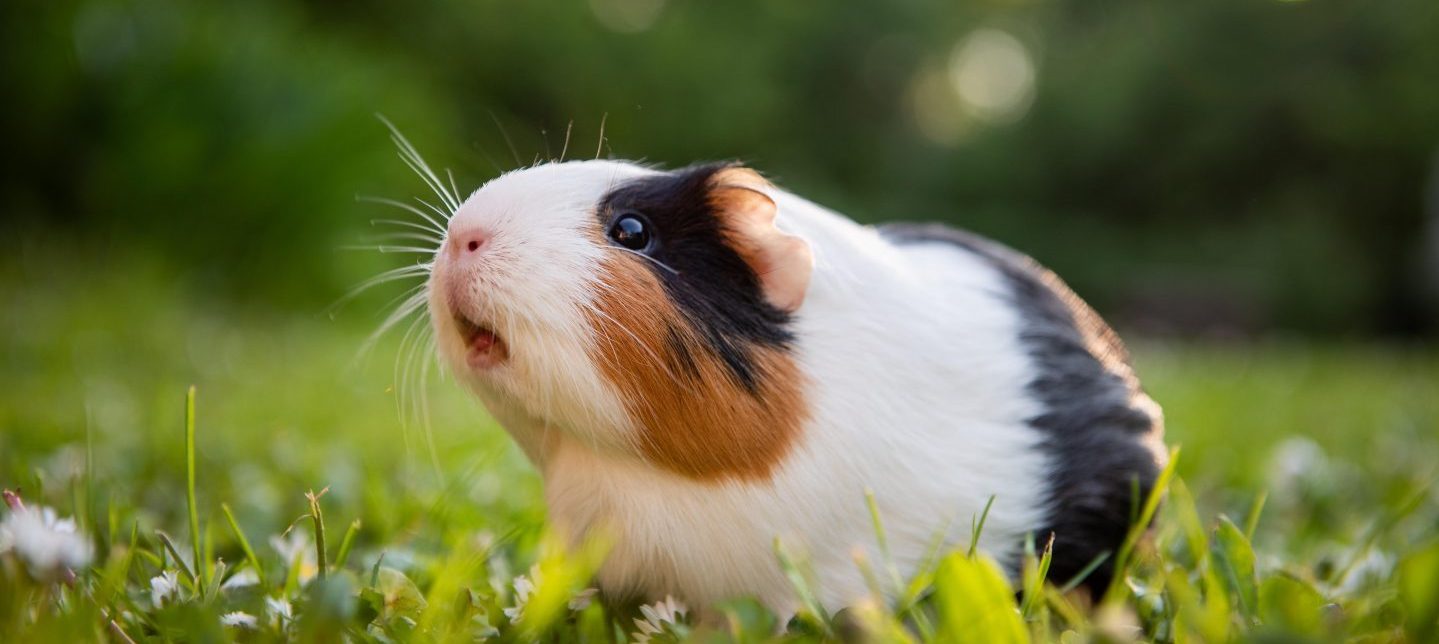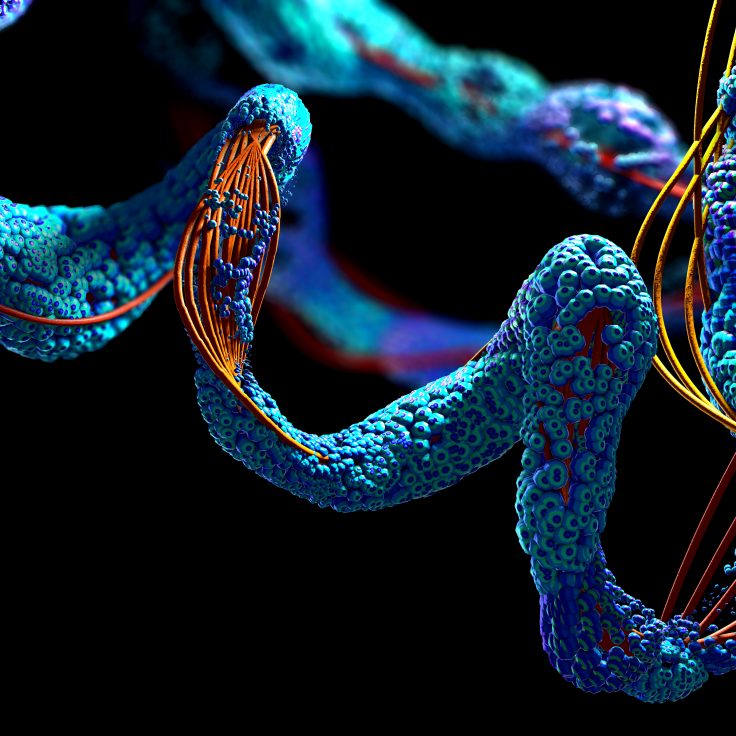
Uncovering the Origin of the Domesticated Guinea Pig
After 10,000 years, UF researchers explain how the guinea pig went from food to pet
You may be aware that the domesticated dog descended from the gray wolf and the housecat from the African wildcat, but what about the origins of a common childhood pet — the guinea pig?
A new paper published in Scientific Reports sheds light on how guinea pigs came to be found around the world and offers tantalizing clues for how they came to be domesticated.
Featuring contributions from UF researchers SUSAN DEFRANCE from the Department of Anthropology and MICHELLE LEFEBVRE from the Florida Museum of Natural History, the paper argues that the spread of guinea pigs can likely be traced back to what is today Peru. From there, the animals were moved to the islands of the Caribbean, and later Europe and the Southeastern United States through the exotic animal trade.
Along with lead author Edana Lord of Stockholm University, Lisa Matisoo-Smith from the University of Otago, María Fernanda Martínez-Polanco from the Universitat Rovira i Virgili Miguel Eduardo Delgado from the Universidad Nacional de La Plata and several other scholars, the researchers used ancient DNA to build upon past studies that suggested guinea pigs in the Caribbean originated from Columbia, testing samples of guinea pig remains excavated from several sites in the Caribbean, Peru, Colombia, Bolivia, Europe and North America.
After completing analysis, the team determined that the Central Andean region of modern Peru was actually the origin for Caribbean, European and North American guinea pigs. Their analysis also found that guinea pig domestication likely took place in both Peru and Colombia independently; although research thus far indicates that the Colombian guinea pigs were not transported to new regions.
This study also highlights the transition of guinea pigs from being used as a wild food source at least 10,000 years ago, to beloved pets found all around the world.
“The genetic information along with the archaeological contexts also shows us how the guinea pig had very different roles through time,” deFrance said. “As food and offerings in the Central Andes, food and an exchange goods in the Caribbean — and then the guinea pig is brought to Europe and North America where it becomes a pet.”
Why the guinea pig was viewed as a pet in some cultures and a food source in others can likely be attributed to long-established cultural notions of what is acceptable as food.
“In my opinion, as far as we know, rodents (such as rats, for example) were not acceptable food items among Europeans or colonial groups in the southeastern U.S.,” LeFebvre explained. “Sources of meat were well established (deer, fish, cows, fowl, etc.), while domestic guinea pigs showed up as a curiosity — a docile, furry, ‘cute’ rodent with pretty coats of different color.”
The paper also notes that in modern times the guinea pig was reintroduced to the Caribbean (Puerto Rico specifically) from Europe, adding another interesting chapter to this well-traveled rodent’s journey.
“This is a story about one of the most functionally diverse and far reaching domestic animals in human history,” LeFebvre said.


